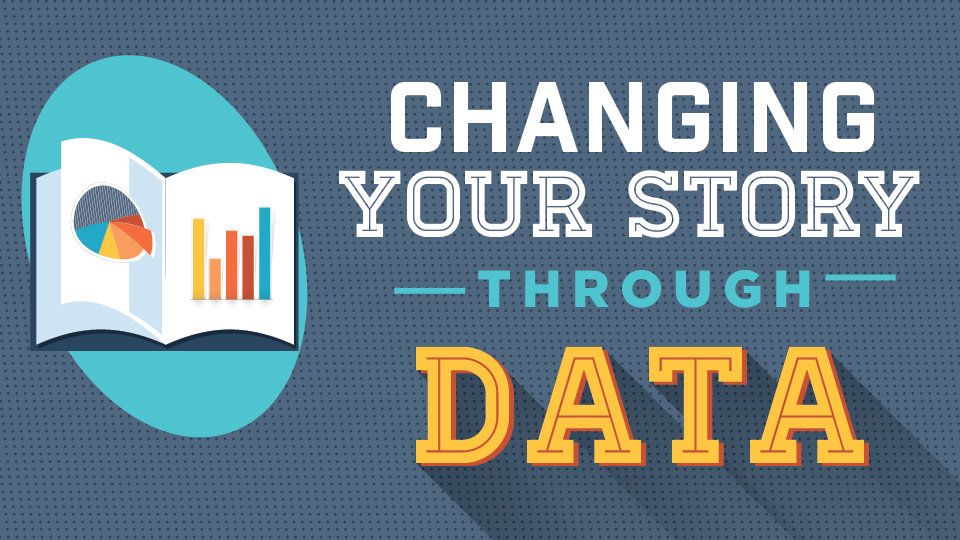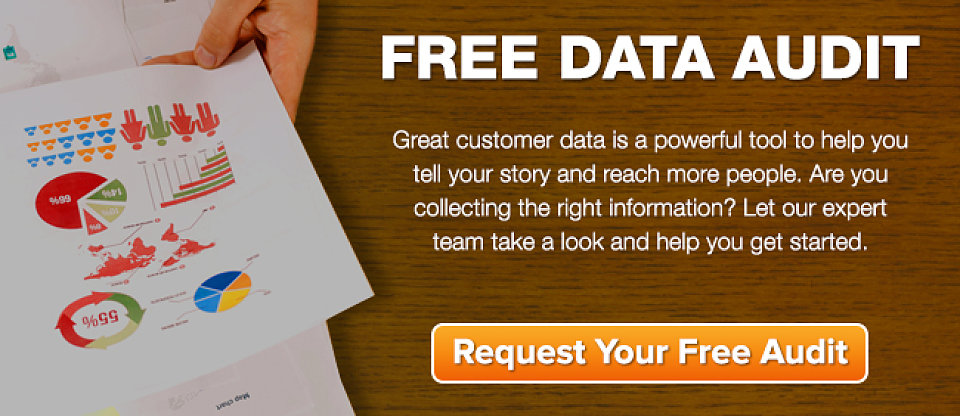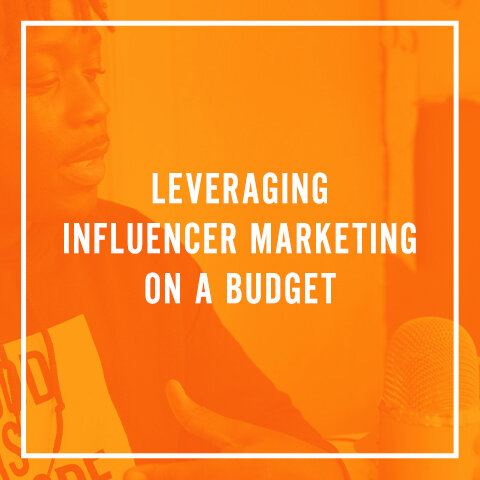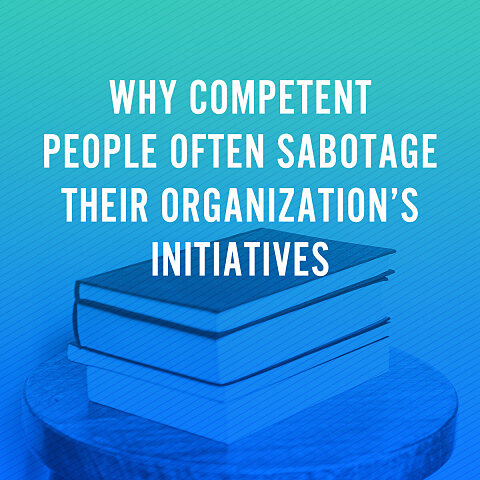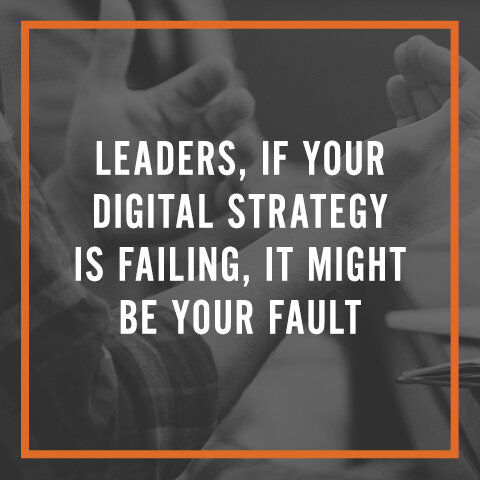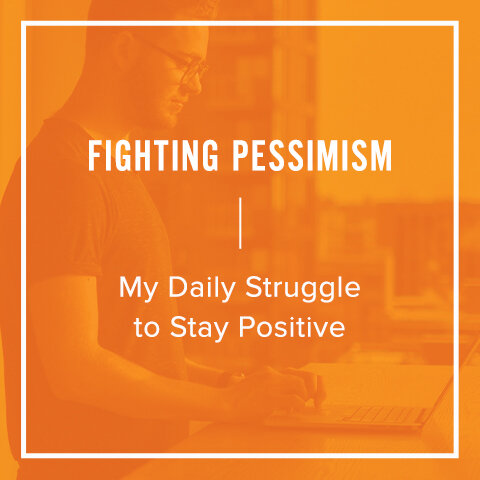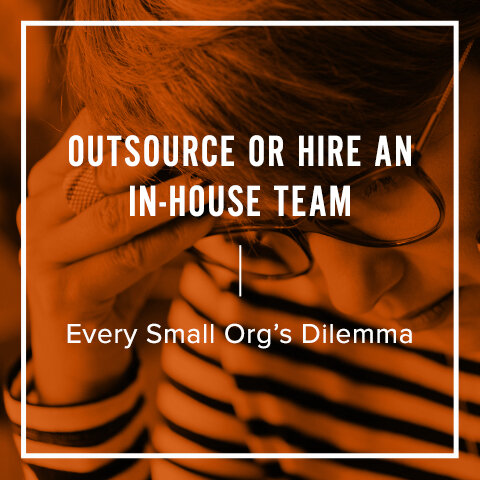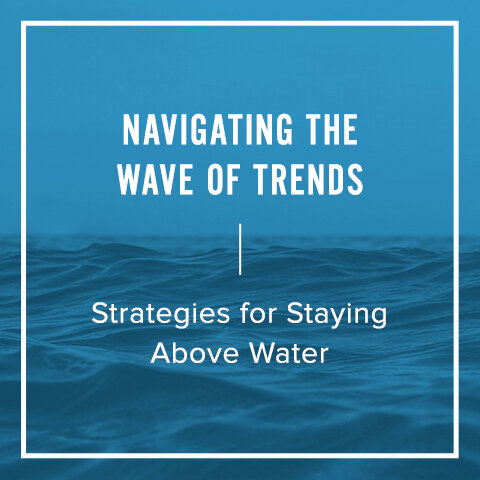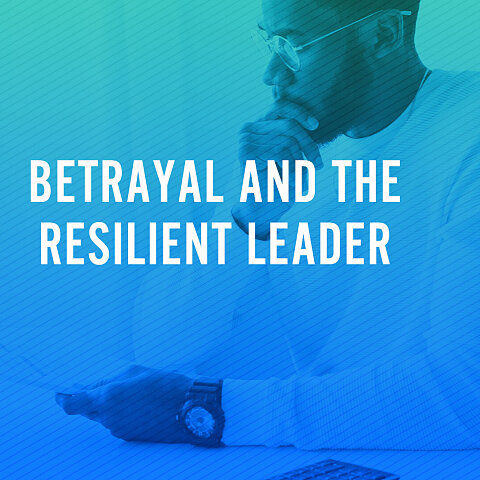Changing Your Story Through Data
By Kristen Shoates
Over the last week, we’ve been discussing the idea of storytelling through data. First of all, data can help you discover your story. Within your data is a narrative about your audience and brand: who you reach, who loves you, how your audience interacts with you and how they interact with the world. Secondly, data can help you tell your story. Not only does it inform marketing strategy and messaging, it can also help you execute your strategy and get to where your target audience is.
Long story short: data can tell you a lot about the nature of your audience as it stands today and how to reach them. It’s all about knowing who your best people are and developing messages and strategies that give the people what they want.
But what if you want to reach a different audience than you’re currently reaching? How can you stay true to your current audience and story but start to reach the next generation or a new demographic?
Data is also your best friend you when you’re trying to get to that next audience group. In the same way that data helps you tell your story, it can help you rewrite your story.
1) Data allows you to segment.
Before segmentation, organizations looking to engage new audiences with new messages faced major risks when it came to their tried and true customers. Because they had to send the same communications out to everyone, the changes needed to reach new audiences could be the same changes that turned off loyal supporters. This put organizations in a bit of Catch 22: they needed current customers to keep the lights on today, but needed to engage new audiences to stay relevant tomorrow.
With data, we can send as many tailored messages out to as many segmented lists as we want, making it possible to reach different groups where they are without alienating others. What before was a risky leap into new territory is now a natural progression with something for everyone thanks to segmentation.
2) Data allows you to test.
In the same way that we can be tempted to make assumptions about who our current customers or donors are and what they want, it is also easy to think we know what a new audience wants or even what new audience we should be reaching. Using data, we can experiment with different audiences and messages, communicating with small segments, measuring, and adjusting until we find our sweet spot.
Any time you’re branching out into new audiences, messages or tactics, you have to be willing to have some things not work. Data makes it safe to test things out by providing low-cost ways to experiment and fast, accurate measurement.
3) Data allows you to scale.
Rome wasn’t built in a day, and neither was your new audience list. The good news about data is that it lets you start small and scale your efforts based on measurement and budget. If traditional direct mail and donations from those 55 and older still make up 80 percent of your revenue, it certainly makes sense to dedicate 80 percent of your marketing budget to reaching them while still investing what you can into new audiences.
With data, you can control list size and spend, and ramp up efforts based on results. There is nothing wrong with starting small, and investing more as new audiences become more profitable.
No matter how great of a job you’re doing engaging today’s audience, it’s necessary for organizations to plan for the future and adapt messaging to reach emerging audiences and the next generation. Using data, you can start incorporating segments of those audiences into your marketing, testing different messages and scaling based on results.
The most important thing to remember? Stay authentic. Though you can change the way you tell your story and who you tell it to, you have to stay true to who you are. Your brand, your mission, your vision is what people ultimately connect with; data helps you figure out how to best communicate that brand to your best people in a way that gets results.
